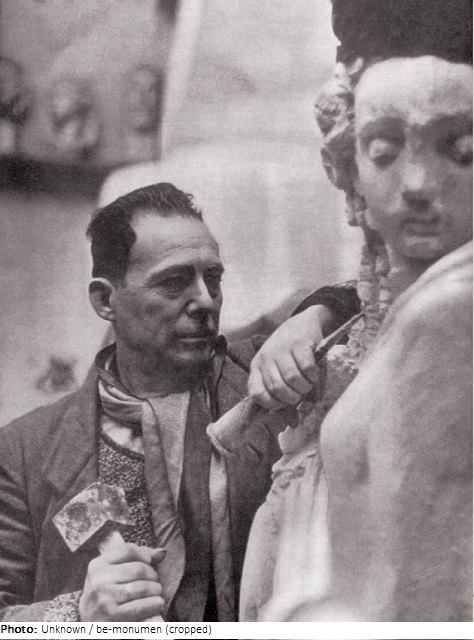Ernest Wijnants

Biographical information
| Roles | Referee |
|---|---|
| Sex | Male |
| Full name | Ernest Lodewijk Adolf•Wijnants |
| Used name | Ernest•Wijnants |
| Other names | Ernest Louis Adolphe Wynants |
| Born | 24 September 1878 in Mechelen (Mechlin), Antwerpen (BEL) |
| Died | 8 December 1964 (aged 86 years 2 months 14 days) in Mechelen (Mechlin), Antwerpen (BEL) |
| NOC |  Belgium Belgium |
Biography
Ernest Wijnants was the son of a cabinetmaker and initially practiced this traditional Mechelen craft himself for several years. In 1906, he entered the Bruxelles Academy and three years later opened a studio in Mechelen. Under the influence of his friend Rik Wouters (1882-1916), he painted some pictures inspired by lyrical impressionism. On a trip to London, he studied Oriental sculpture at the British Museum.
Wijnants made his debut at the Gent Salon in 1913 and exhibited at Georges Giroux’s (1868-1923) gallery in Bruxelles during World War I. Wijnants was appointed professor in 1926 at the Antwerpen Academy, where he directed the sculpture studio, and then taught at the Institut National des Beaux-Arts et Architecture there from 1931-53. In 1938 he was awarded the Grand Prix des Arts Plastiques, and in the same year was made a member of the Royal Flemish Academy of Belgium for Sciences and Arts. At the end of his life, he donated all his works to his hometown Mechelen. His house and studios were destroyed by a bomb at the end of World War II.
Wijnant’s work, variedly determined by the great models of antiquity, the East, the Gothic, and the Baroque, does not show the consistent development of a self-contained style, but rather a mixture of stylistic elements sometimes determined by oriental, sometimes by classical references.
His earliest works are nudes of girl’s and children’s masks, which were created alongside his work as a cabinetmaker. From 1910 onwards, certain references to oriental sculpture are noticeable. Within a few years, he developed his style for large, stylized nudes of girlish or nymph-like stature, sometimes with an exotic aura and subtle eroticism. Other works rise to grand monumentality. In addition, he created several portrait busts, including one of the IOC president Comte de Baillet-Latour. In 1942, Wijnants created a series of small wooden groups illustrating the most famous Flemish proverbs. He also designed medals and was the creator of the 1 franc coin that circulated from 1938 to 1952.
Referee
| Games | Sport (Discipline) / Event | NOC / Team | Phase | Unit | Role | As | |
|---|---|---|---|---|---|---|---|
| 1928 Summer Olympics | Art Competitions |  BEL BEL |
Ernest Wijnants | ||||
| Sculpturing, Medals And Reliefs, Open (Olympic) | Final Standings | Judge | |||||
| Sculpturing, Statues, Open (Olympic) | Final Standings | Judge |
Errata
DoB also seen as 27.09.